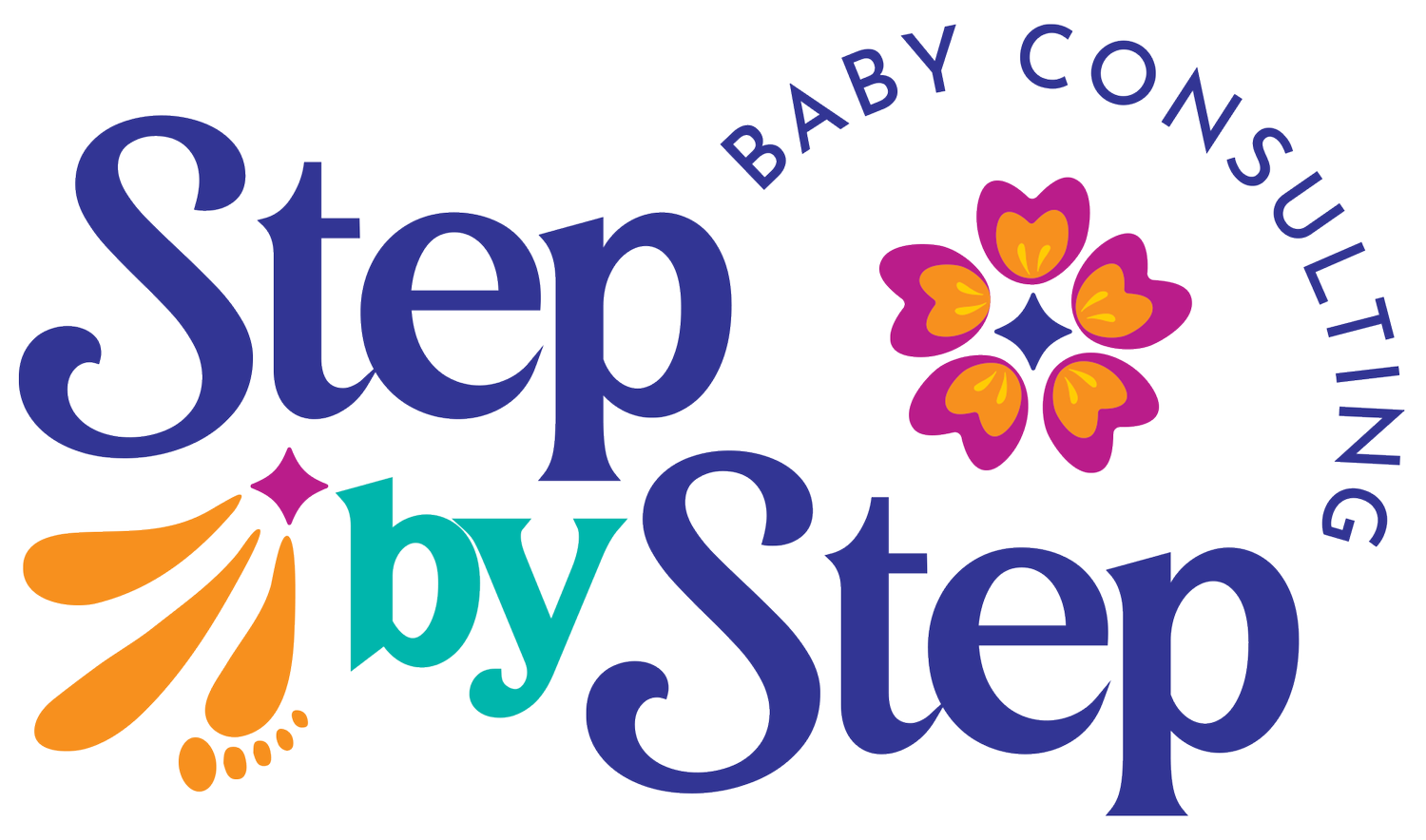Toddler Safe Sleep
Long gone are the days of leaving your infant in a bouncer, confidently knowing they will be in the exact same place you left them in, when you return from the bathroom. Instead you now sprint to the bathroom, hoping and praying your toddler, won’t destroy the house in a matter of seconds. I’m sure on this sprint, you are also asking yourself what happened to your sweet baby? Well they turned into a curious, inquisitive, independent (oh the independence, me do it, phase) and energetic toddler. But don’t be fooled as much as these little ones think they don’t need us, they really do! They need us to give them love, attention, compassion, boundaries and most importantly they need us to keep them safe!
Because of the high risk of SUIDS, our society tends to concentrate on infant safe sleep guidelines (rightfully so). Yet once infants’ transition to toddlerhood many parents, don’t know what safe sleep looks like for a them. Which is the reason why I am here talking about this today.
Lowest Height Setting for the Crib: Once your child learns the skill of sitting independently, it’s time to lower the crib. And once your child learns the skill of crib climbing, you will learn why the lowest height is preferred (more about this below).
Crib Climbers: This is a skill most toddlers learn and one which most parents think is a sign to transition to a toddler bed (this is the most common mistake toddler parents make). Yet this is not true, in fact, children are not developmentally ready to transition to a bed until they are at least 3 years old. In order to help you avoid making this transition prematurely, here are a few tricks to help with crib climbing:
If you do not already use a sleep sack, go ahead and introduce one. Sleep sacks are amazing! Not only do they keep your child warm and cozy all night, but they will also prevent them from crib climbing.
Do not leave items like, big stuffed animals, bulky pillows/blankets, in the crib that can facilitate crib climbing.
Tuck the crib into a corner of the room, this will instantly eliminate two possible sides for crib climbing.
If your crib has a taller side, move the taller side to face out.
If you do not already have a video monitor, go ahead and get one with voice capabilities. When you see your little escape artist attempting to crib climb, use the voice option and sternly say “No.”
And lastly place pillows on the floor for a possible fall and thoroughly toddler proof the room, in the case your toddler does make it out of the crib.
Crib Placement: Place the crib away from windows (ie: blinds, blind cords and curtains), lamps, video monitors, cords, wall art, shelves, etc.
Soft Items: At 18 months a pillow, blankets and/or lovey (stuffed animal), no longer poses a sleep danger for toddlers. This means it’s okay for your child to sleep with a small pillow, thin blanket or small lovey. We want these items to be small/thin, as we do not want these items to be used as crib climbing tool, (no crib bumpers).
Any Sleep Position: Once your child is able to roll over (from back to belly, belly to back) independently, then they are able to sleep in any position they like. So go ahead and let your toddler get in their favorite position to fall asleep in.
Night Light: At the age of 2 some toddlers start having nightmares and at the age of 3 their imagination starts developing. Which means some toddlers start to develop a case of the scaries. All of a sudden, they are fearful and anxious, how do you deal with this? For one validate their feelings by talking things out, assure them that you the adult do such a good job at keeping them safe and if you think it might help, introduce a red or orange night light. Why red or orange? Because it’s not as stimulating as blue light and helps promote sleep.
No Snoring: Toddlers snoring, how cute right? Actually, no. Children, like adults should not snore. Snoring is due to a breathing obstruction often caused by enlarged tonsils or adenoids (a medical condition). Which means, that if your child does snore, you should immediately let your medical provider know.
Toddlers are a tough little cookies, they are constantly testing boundaries and have years of habits. Which means, sometimes even providing them with a safe sleep environment isn’t helping improve their sleep? If this is the case, check out my sleep packages, I would love to help get you that sleep you and your little one needs and deserves.


